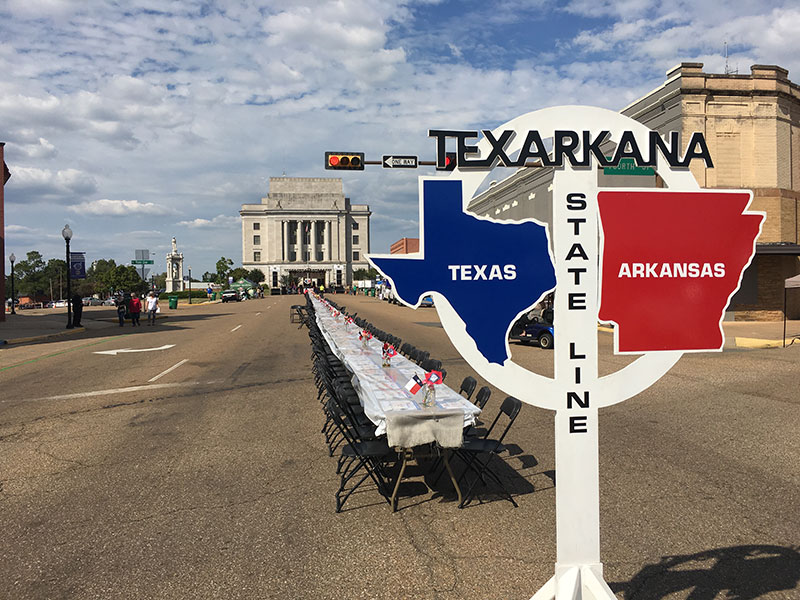Coming from a City on the West Coast we didn’t encounter as much wildlife as we do here in East Texas. One thing we enjoyed all year was watching the hummingbirds battle over the feeder. It never got cold enough for them to migrate where we lived and it wasn’t long before we could tell our frequent visitors apart. Since moving here I had forgotten all about our feeder until our daughter reminded us that it’s officially Spring.
We unpacked our feeder and made some fresh food. There are a lot of different options that are certainly more beautiful, like blown glass feeders for instance but our favorite is the one that sticks on a window with suction cups. You get an up close view of these amazing little pugnacious pollinators from the comfort of your couch, chair, kitchen window (improves dish washing chores) or dining room table in our case.
As we were sitting there eating breakfast we had our first sighting. Ruby throated hummingbirds are the most common here in East Texas. The one we saw was tiny (even as far as hummingbirds go) and had a white throat. This means it is either an immature male or a female. Like most bird species, the male is the brilliantly colored one with the spectacular ruby throat. Ever wondered why they are called hummingbirds? The beat of their tiny wings is so rapid, up to 55 times per second an actual humming sound is produced. They are the only bird that can fly backwards, hover and even fly upside down.
Hummingbird food is super easy to make at home and far superior to store bought food with artificial red dye. The red dye is not at all necessary and does more harm than good. Use 1 part white table sugar to 4 parts filtered water. Bring to a boil, cool and fill your feeder. Store extra in the fridge. Usually your new friends will demolish the food in a few days but if you notice your feeder looking cloudy or see any mold clean it out with hot soapy water and use a brush to scrub it clean.
I was actually surprised the little guy (or girl) found our feeder so quickly because we don’t have any other flowers growing around but the feeder sports bright red faux flowers where the nectar comes out and I guess that was enough! If you do have the means to plant flowers that attract and shelter hummingbirds some of the best choices are butterfly bushes, lantana, salvia, zinnias, nasturtiums, gladiolas and firebush. There are definitely more varieties and most nurseries and garden stores have butterfly and hummingbird sections to take out the guesswork.
Not only will you be supporting our local wildlife, you will be helping native plants that depend on hummingbirds for pollination. Plus, it is a joy to watch these delicate yet feisty little birds make pit stops at your feeder. Be patient, move slow and prepare to get to know the regulars that come to visit.







